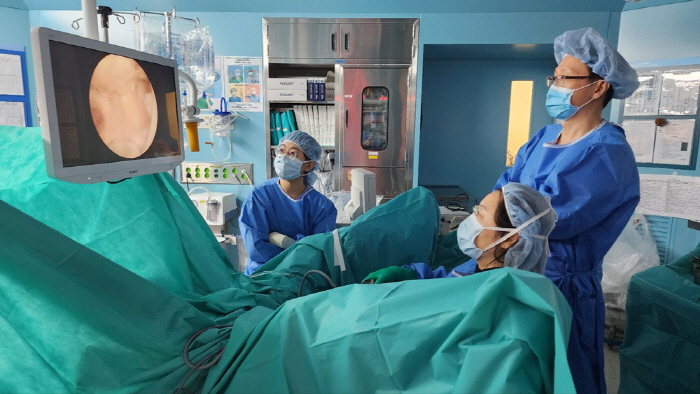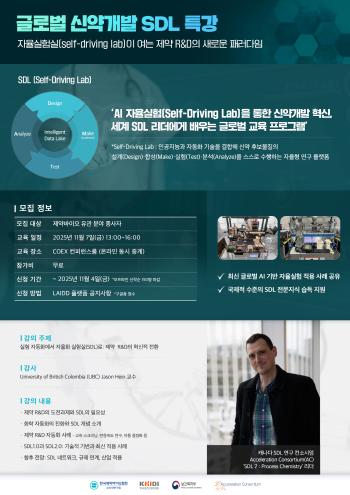Prostate hypertrophy with difficulty urinating, burning with steam...What are the benefits of re-zoom surgery?
Apr 28, 2025
|
The prostate is one of the male reproductive organs that secretes some of the liquid components that make up semen. Located just below the bladder, it is a walnut-shaped organ that surrounds the urethra like a tunnel. The vasectomy and urethra pass inside the prostate.
When the prostate is swollen due to a problem, it narrows the urethra and prevents urination. In the beginning, it proceeds with medication, and if symptoms are not improved with medication, the transurethral prostatectomy, hollep, re-zoom, and robotic surgery will be performed.
Transurethral prostatectomy is a method of directly removing enlarged tissue by inserting an endoscope through the urethra. Surgery is performed with lower-body anesthesia and is relatively less invasive, has a shorter recovery period and does not leave scars. However, there is a disadvantage that prostate tumors cannot be completely removed.
Holmium laser surgery, HOLEP, is a surgery that removes the entire enlarged prostate tissue, leaving a film surrounding the prostate, rather than removing the tissue little by little like conventional transurethral prostatectomy. Although the amount of bleeding and the risk of recurrence are low, there is a possibility of retrograde ejaculation.
Robotic surgery allows sophisticated manipulation that was difficult with human hands, leaving areas that need to be preserved, and selectively resecting only the parts to be removed, which helps preserve functions.
Re-zoom surgery is an operation in which an injection needle at the end of an endoscope passes through the prostate and then sprays steam to burn it inside. It is suitable for patients with a prostate size of 30 to 80 grams.
It is performed after accurate diagnosis with basic prostate tests such as urine test, blood test, prostate ultrasound, yaw rate test, and questionnaire test. Daily life is possible right after discharge. A full effect can be expected about 12 weeks after surgery.
Since it is a surgery to burn the prostate, there is a side effect of swelling of the prostate. Although it varies from patient to patient, urination discomfort may increase up to four weeks after the procedure, and it may feel stinging and stabbing during urination up to six to eight weeks. If urination is possible only to the extent that urine does not come out at all after surgery or to the extent that it drops, you should see a doctor again.
Compared to holop surgery, it can be operated relatively safely even while taking drugs with a lower risk of bleeding and a higher risk of bleeding, such as anticoagulants. There are also advantages of short hospital stay, and there are relatively few side effects such as retrograde assessment and impotence. After three months, you can expect to stop taking prostate drugs.
Professor Lee Hyun-young of the Department of Urology at Soonchunhyang University Seoul Hospital advised, `When you treat yourself, there are many people who say 'It's natural that you can't urinate well because you're old.'"
|
This article was translated by Naver AI translator.















